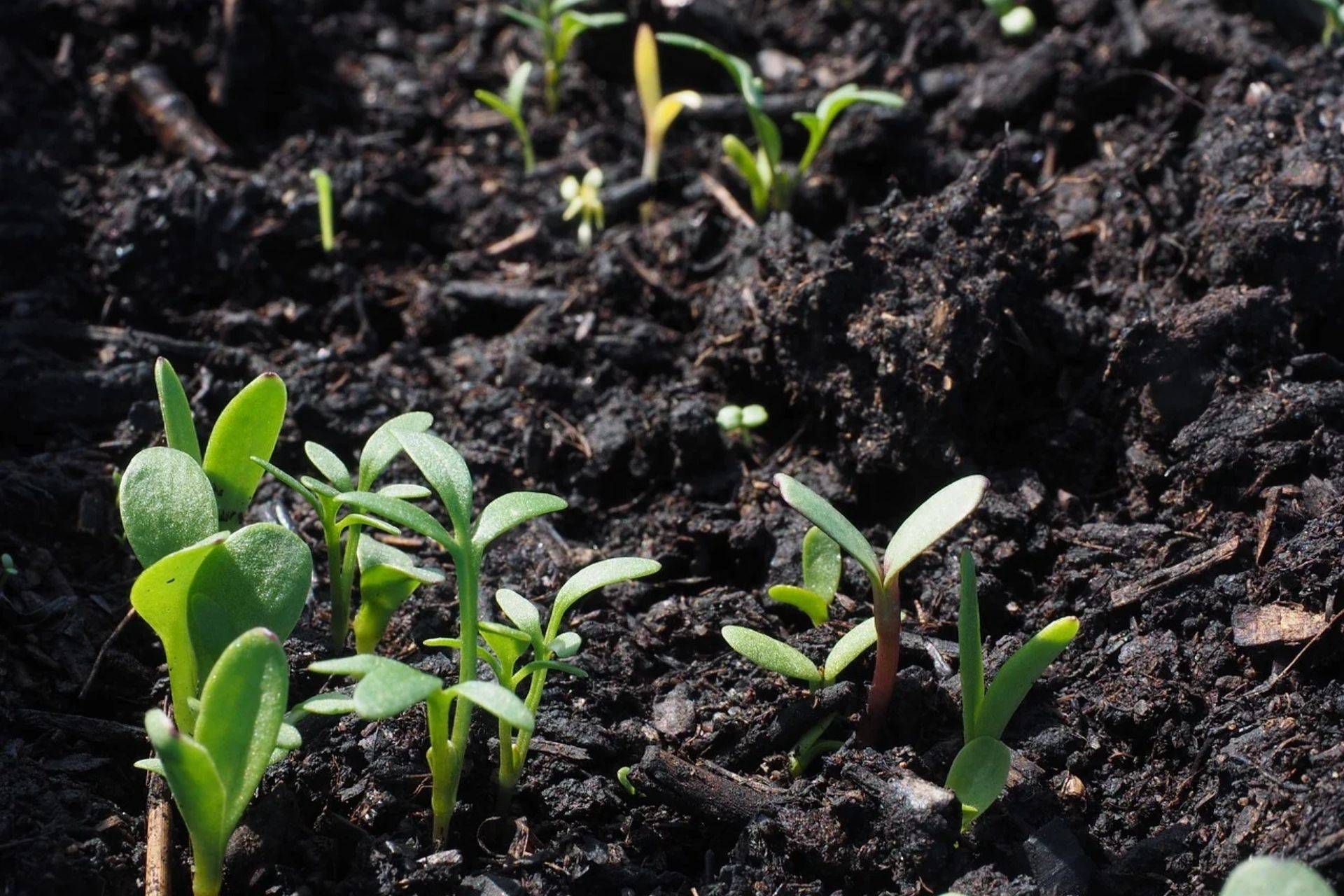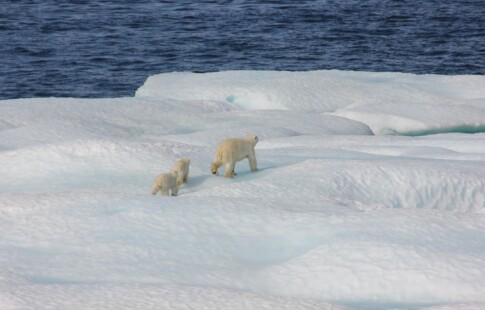
What is Soil Sequestration and is it Sustainable?
We are reader-supported. When you buy through links on our site, we may earn affiliate commission.
Since the United Nations established the Paris Agreement in 2015, global communities searched for emission reduction methods. Greenhouse gases are the driving factor of climate change, creating ecological challenges. We can reduce environmental degradation by filtering surface-level before it reaches the atmosphere using soil sequestration.
The biological practice captures and processes emissions naturally and through human intervention. It helps preserve the atmosphere, reducing temperature-altering effects. Using soil sequestration and other emission limiting methods, society can achieve its climate change prevention goal.
Why do we Need Carbon Sequestration?
Humanity needs carbon sequestration to conserve vital resources. As the global temperature rises, we experience various adverse effects. The changing climate causes water displacement, agricultural limitations and high summer temperatures, causing mass migration.
As humans power their homes, drive their cars, charge their electronics and more, they produce greenhouse gas emissions. The accumulation of pollutants in the atmosphere causes composition alterations. Over time, the changes create detrimental impacts.
Naturally, the atmosphere collects solar radiation, creates heat, warms Earth’s surface, reabsorbs unnecessary energy and emits it to space. Carbon emissions change the process by overproducing heat from sunlight. They also trap excess energy in the atmosphere, increasing Earth’s temperature.
We need carbon sequestration to limit the enhanced greenhouse effect. Protecting the atmosphere’s natural composition decreases droughts, forest fires, sea levels rising and more. There are many forms of sequestration, and the soil method is effective and efficient.
What is Soil Sequestration?
Soil sequestration occurs when Earth stores and processes emissions as soil organic carbon (SOC). Humans and natural occurrences move carbon underground, helping plant matter filter the pollution. During photosynthesis, vegetation absorbs carbon through the soil and uses it to grow.
Soil may also contain emissions as carbonates. The material combines with water, percolating in the ground. It mixes with magnesium and calcium, creating caliche in drier climates.
Carbonates can store carbon on the surface for nearly 70,000 years. Environmental researchers evaluated the emission reduction method and created enhancement methods. They found by adding silicate to the soil, carbonate forms faster and stores carbon for longer.
The Practice’s Sustainability
When adopting new emission-reduction techniques, it is essential to evaluate their sustainability. Researchers may look at the process’s effect on the global ecosystem and future generations, assess its efficiency and stability. Scientists found minimal environmental concerns with soil sequestration, making it a sustainable solution to atmospheric degradation.
Soil sequestration has many ecological advantages. It can reduce erosion, preserving necessary topsoil for agricultural development. Additionally, it can regenerate depleted soil, improving productivity.
Additionally, the process reduces the need for fertilizers. Maintaining healthy soil limits pollution-causing runoff from additives. When farmers use fertilizers, rainwater carries to the ocean, depleting aquatic oxygen levels and creating dead zones.
Eliminating the agricultural industry’s fertilizer use with sequestration preserves marine ecosystems. It also improves soil saturation levels. Agricultural lands are more resilient after extreme weather events when treated with carbon sequestration.
Increasing soil health and minimizing atmospheric carbon is essential to climate change prevention. When combined with other emission reduction techniques, we can create a sustainable global system.
Additional Emission Reduction Methods
Nearly 29% of America’s carbon emissions derive from the transportation sector. To achieve carbon-neutrality, society must eliminate a significant portion of the industry’s air pollution. Electric vehicles (EVs) can potentially solve the ecological challenge, reducing tailpipe emissions.
When charged with renewable energy, EVs can decrease transportation-related emissions. Solar power produces sustainable electricity directly from sunlight. Individuals can transition their energy reliance away from fossil fuels towards clean electricity to shrink their carbon footprints.
Preventing soil erosion can also reduce emissions by maximizing carbon sequestration. Agricultural professionals can conserve natural soil compositions by practicing permaculture. High consumption demands lead farmers to use monocropping methods, depleting the Earth’s nutrients and degrading soil structures.
Permaculture rotates complementary crops, protecting organic soil patterns. It also uses native plant species rather than altering the environment to produce a foreign crop. Society can access enough food to support the global population while reducing atmospheric degradation with permaculture.
Individuals can also reduce atmospheric emissions by eating a plant-based or flexitarian diet. Growing livestock for meat consumption produces 7.1 gigatons of greenhouse gas emissions annually. The farm animals, especially cattle, release methane through belching.
Consumers can shrink their carbon footprints by limiting or eliminating their purchase of red meat. They may source their protein from low emission foods like beans, nuts and peas. Over time, reducing personal pollutants and using soil sequestration can preserve natural resources and the global ecosystem.
Improving Carbon Sequestration
Humans can enhance the efficiency of carbon sequestration by conserving natural spaces. They may engage in reforestation, increase the amount of vegetation on Earth for emission filtering. Additionally, we can promote longer carbon-storing by limiting tilling, adding organic soil enhancers and planting crops with long roots.
Share on
Like what you read? Join other Environment.co readers!
Get the latest updates on our planet by subscribing to the Environment.co newsletter!
About the author
Jane Marsh
Starting from an early age, Jane Marsh loved all animals and became a budding environmentalist. Now, Jane works as the Editor-in-Chief of Environment.co where she covers topics related to climate policy, renewable energy, the food industry, and more.





